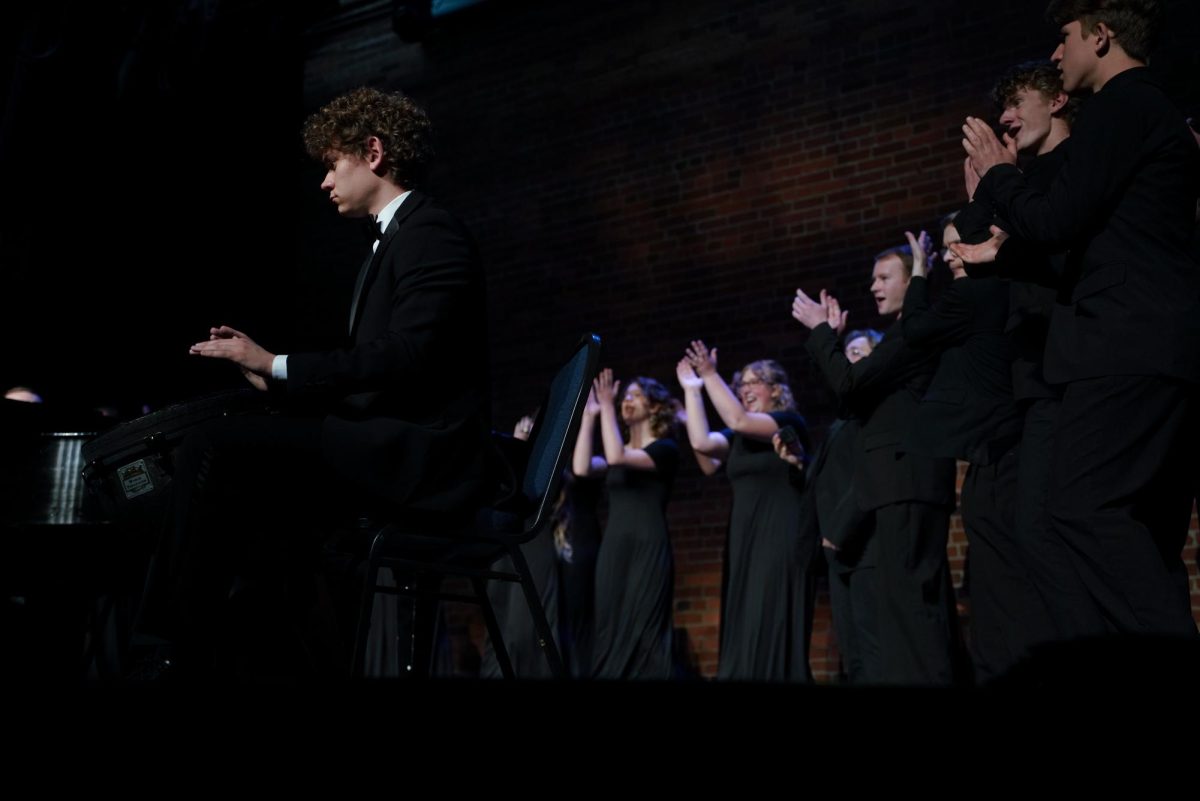Summer is mostly over, and it’s time to upload all those pictures of mountain lakes, beautiful scenery and high-elevation victory poses to your Facebook profile. But there’s still time to explore the outdoor recreational opportunities in and around Spokane. Our home for the next nine months is not quite as starved for these opportunities as it might initially appear. Although many of the best hikes in the Inland Northwest require a car and about an hour of drive time, some great places here in town can be easily accessed. v
Little Spokane River
The Little Spokane River is the closest trailhead to campus. It is about one mile from campus and can be easily reached by bike, though getting back is more difficult as it is mostly uphill. There is also parking at the trailhead by the canoe launch near St. George’s School Road. Look for a wood rail
fence on the left side of the road. The trail is fairly easy, so don’t be discouraged by the initial uphill climb. It will wind through trees for a while before coming out into a meadow area near the end. The trail is well-marked but if you do get lost or are unsure about a turn, just remember the river should always be on your right. At the end of the trail you have the option to continue hiking on the Indian Painted Rocks trail or call it a day. Remember the hike is not a loop, so give yourself enough time to come back.
Riverside State Park
Riverside State Park has many great trails and sights for both experienced and inexperienced hikers. The Bowl and Pitcher rock formation is a favorite of many Spokane residents and can be reached using a few different trails. One of those is Seven Mile Trail, which follows the east bank of the Spokane River and is a great trail to take your bike on. Many of these trails are easily reached by bike if you are coming from campus. The Bowl and Pitcher can be reached from North Aubrey L White Parkway a
nd there is parking available if you take a car, but take multiple people to split up the one-time $10 parking fee. Washington State Parks now require the daily fee or a $30 Discover Pass to take a vehicle into the park.
Fish Lake Trail
Fish Lake Trail is a bike trail that runs from downtown Spokane through Fish Lake and Cheney until it becomes Columbia Plateau Trail. The trail follows an old railroad grade and is paved for the first seven miles. This is a great bike trail because it has a very modest grade and can be a long or short ride, depending on your preference. It is a very slight uphill if you are heading south, which means you can enjoy the downhill cruise on the way back. Numerous other bike trails branch off from the trail, most notably the Roller Coaster, which is a series of ups and downs about three miles in length. The most enjoyable way to ride this trail is to speed through the downhill slopes and let your momentum carry you uphill; very little pedaling is needed doing this. The Fish Lake Trail head is located downtown just a block south of South Government Way and West Sunset Boulevard.
Indian Canyon Falls
Indian Canyon Falls is located in a canyon west of the Spokane River. There is no official trail to get to the falls but the most common route is to walk downhill on some of the trails on the east side of the canyon until you can enter it safely. Once you locate the creek simply follow it until you reach the head of the canyon where the falls are located. The falls are especially beautiful in the winter months when covered in icicles.
Ice Cave
The Ice Cave is located just north of Whitworth off of Waikiki on West Marc Drive and can be accessed by bike. The mystery of the cave is that even during the hottest days of summer there are icicles within the cave that do not melt. The cave was studied by researchers who were unable to fully explain the phenomena. The cave was also used by local tribes to store meat and fish. Unfortunately the Ice Cave was mostly filled when this area was settled to prevent local children from having accidents, but some of it still remains where icicles are clearly visible.
Drumheller Spring
Located right in Spokane, north of the Maple Street Bridge, is Drumheller Spring. It a historical site of great importance to both the Spokane Indian Tribe and early white settlers of the region. The spring was a water source for the Spokane Tribe who used this site as a winter campground. This is also recorded as being the site of the first school in the region. There are many water sources and a few incidences of American Indian rock art along the trail.
Click here for a map of the locations.







 Spokane?
Spokane?